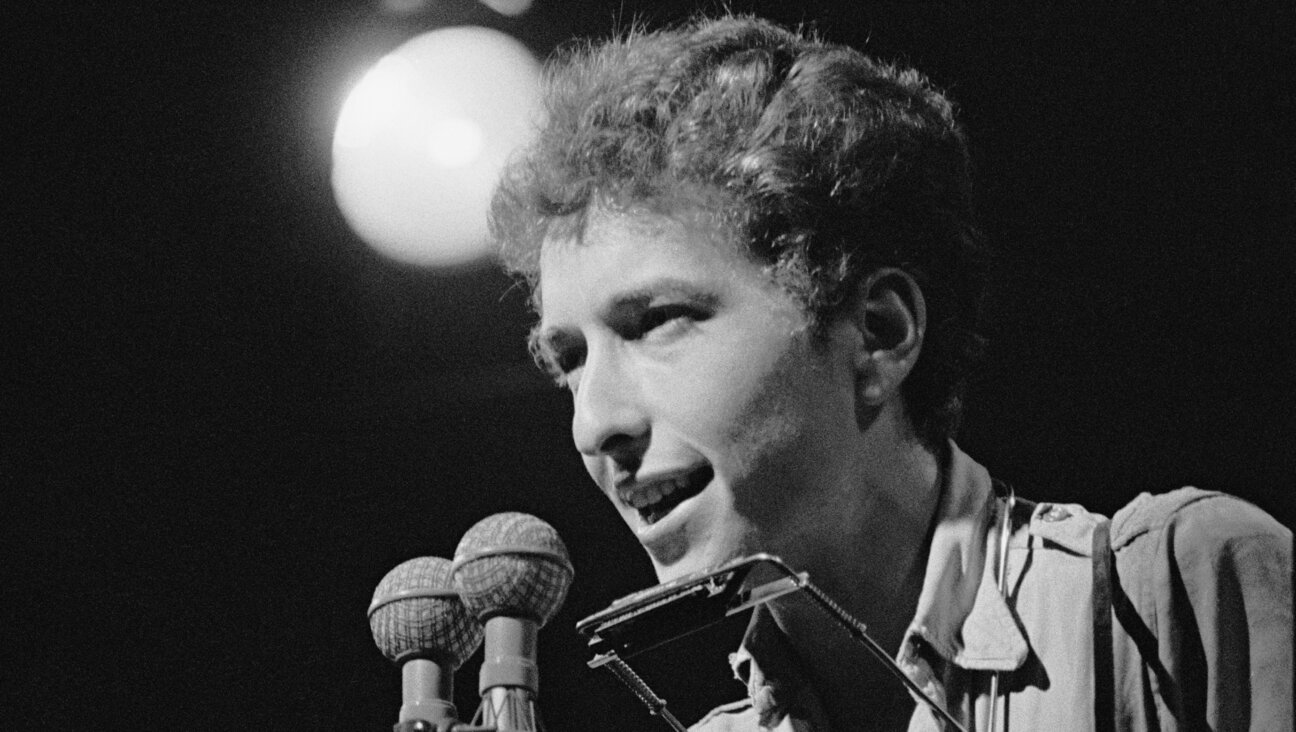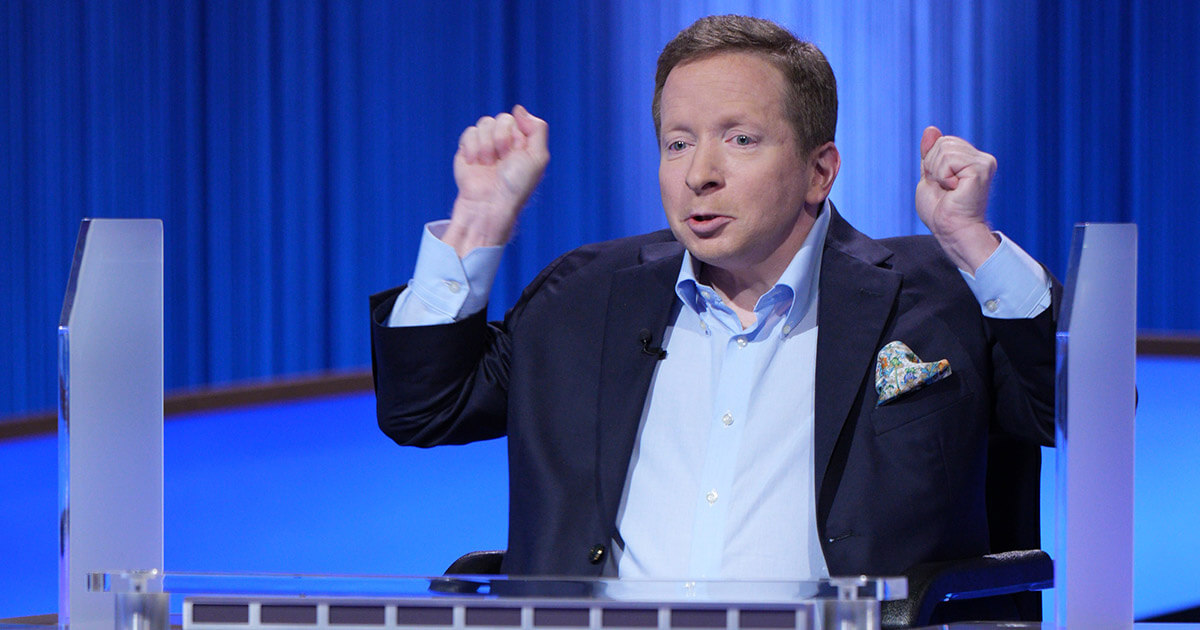The Meaning of Khnyok
‘Growing up in Israel,” Anna Choder Hampton of Minneapolis writes, “I would hear my parents, both secular Jews (my mother from Poland and my father from Ukraine), use the word ‘chnyok’ — uttered with great disdain — when referring to ultra-Orthodox Hasidim. What exactly does ‘chnyok’ mean? In what language is it?”
Khnyok — it’s pronounced as one syllable, a feat best managed by pretending to clear your throat and blow your nose at the same time — is Yiddish. In my own enlightened Orthodox, English-speaking New York family (my father was born in Belarus, my mother in Lithuania), a khnyok was a sanctimonious religious prig, and this is what the word means to most of its users today. Rarely found in the vocabulary of American-born secular or non-Orthodox Jews, it is for the most part disparagingly used by Jews who are religiously observant themselves for the holier-than-thou super-observant. The plural of khnyok is khnyokes (two syllables, please), the adjective is khnyokish, and the past participle is farkhnyokt, which denotes someone who has become a khnyok or more khnyokish than he or she once was.
So far, the case of khnyok seems simple enough. But when one delves into the word’s origins and history, the plot thickens considerably. Let’s start with the dictionaries. There are, as usual, only two worth considering: Uriel Weinreich’s 1968 Modern English-Yiddish Yiddish-English Dictionary, and Alexander Harkavy’s 1928 Yiddish-English-Hebrew Dictionary. Weinreich defines khnyok as “bigot, philistine, petty, unreasonable, conservative” — more or less what one might have anticipated. But Harkavy is a surprise. A khnyok by him is a “mollycoddle” — or, looking at his longer Hebrew definition (ladies, excuse us: This was in the bad old days), “A man lacking courage, someone as soft-hearted as a woman.” There’s nothing about bigotry or religious fanaticism. And for an etymology (Weinreich gives none), Harkavy tentatively proposes that of Russian khnyika, a whiner or crybaby.
Confusing? It only gets worse when you look at Nahum Stutchkoff’s 1950 Yiddish thesaurus, Der Oytser fun der Yiddisher Shprakh. Stutchkoff gives khnyok four different meanings. Here they are, with some of the accompanying synonyms:
A derogatory word for a Hasid: khnyok, tslap, katshelap, flyaske.
An unkempt or slovenly person: khnyok, flyaske, tslap, katshelap, khlomidnik [a sloppy dresser].
A soft-hearted person: kvatsh [dishrag], shmatte [rag], khnyok.
A schlimazel: yolop [clumsy oaf], shmeyger [nincompoop], khnyok, lapenmitsl [awkward bungler].
This is bewildering. What do these categories have to do with one another? Why is khnyok in all of them? Why does it also have the meanings given it by Harkavy and Weinreich? And what could it originally have meant?
Let’s start by looking for some connections. Categories 1 and 2 are clearly related and include many of the same words, which can refer either to a Hasid or to someone of slovenly appearance. Category 3, “a soft-hearted person,” correlates with Harkavy’s definition of a “mollycoddle.” And categories 2 and 4 would also seem to go together, just as a messy person and a person who makes a mess of things do in English.
And here is the testimony of the unfortunately forgotten Czech Jewish author Jirˇi Langer (1894-1943) in his book about Hasidism, “Nine Gates,” which starts with an account of how, at the age of 19, he left his life as an assimilated young Jew in Prague to become a Belz Hasid. Describing how he mortified himself physically as part of his penitent return to Judaism, he writes, using the present tense:
“The mice nibble at my clothes. I sleep on the ground on a heap of old straw. My whole outward appearance testifies that I am gradually turning into a complete khnyok and katcherak. These two words are untranslatable nicknames used by the Hasidim to mock any of their fellows who are totally indifferent to their outward appearance.”
We can now come to some tentative conclusions. As Langer was writing about the years 1913 and 1914, his use of khnyok must reflect an early meaning — and, unexpectedly, the word seems to have started out not as an anti-Hasidic slur but as a term used by some Hasidim to disparage other Hasidim who went to ascetic extremes of personal hygiene and dress to demonstrate their contempt for worldly existence. (Langer’s katcherak is clearly a variant of Stutchkoff’s katshelap, of which tslap is a shortened form.) From there, the word left the confines of the Hasidic community and went off in different directions: Because unkemptness is associated with oafishness, it came to mean a bungler or schlimazel; because schlimazels are often doormats for others (it’s on the schlimazel, you’ll recall, that the schlemiel spills the chicken soup), it came to mean a whiner or mollycoddle, and because its original meaning of an extreme Hasid was picked up by misnagdim, or anti-Hasidic Jews, it eventually became a derogatory term both for Hasidim in general and for a religious fanatic of any stripe. Today, it survives only in the last of these meanings.
Still unanswered is the question of khnyok’s etymology. Harkavy’s suggestion of Russian khnyika does not really explain anything and needs, I think, to be discarded. If any of you has a better idea, let’s hear it.
Questions for Philologos can be sent to [email protected].





























